针对shell的控制结构,也就是shell编程时所需要的三种控制流程,顺序/分支和循环。
在bash中,顺序可由简单的输入输出命令组成;分支语句由if、case实现;循环语句用for、while和until来实现。
一、if语句
1、基本的if语句
语句格式:
if condition
then
satements
else
statements
fi
输出结果:
2、elif语句
elif语句格式:
if condition1
then
statements
elif condition2
then
statements
elif condition3
then
statements
……
else
statements
fi
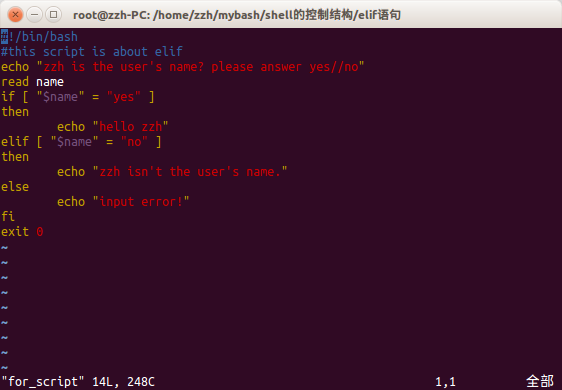
输出结果:
3、if语句其他形式
①if语句嵌套形式:
if condition ; then
if condition ; then
if condition ; then
statements
fi
fi
fi
②elif格式修改后:
if condition1 ; then
statements
elif condition2 ; then
statementselif condition3 ; then
statements……
else
statements
fi
输出结果:
二、case语句
case是一个多分支结构,根据变量与各模式的匹配确定执行相应的语句序列。
case语句格式:
case variable in
pattern1) statements;;
pattern2) statements;;
pattern3) statements;;
……
patternn) statements;;
×) statements;;
esac
(1)简单的case脚本编写:
输出结果:
(2)case的合并匹配模式,即在每一个模式中,还可以使用通配符和逻辑符号
输出结果:
(3)在case中,每个分支还可以执行多条命令:
输出结果:
三、for语句
for语句的语法格式:
for variable in values
do
statements
done
(1)简单的for脚本
输出结果:
(2)在for循环中使用通配符
输出结果:
四、while语句
while语句格式:
while condition
do
statements
done
简单的while判断
输出结果:
五、until语句
until语法格式:
until condition
do
statements
done
输出结果:
六、break语句
break命令
break命令的功能是在控制条件为满足之前,跳出for、while或until循环。可以用break命令提供一个额外的数值参数来表明所要提跳出的循环层数,但一般情况下并不建议这么做,因为它将大大降低程序的可读性。
编写一个break脚本跳出if循环:
输出结果:








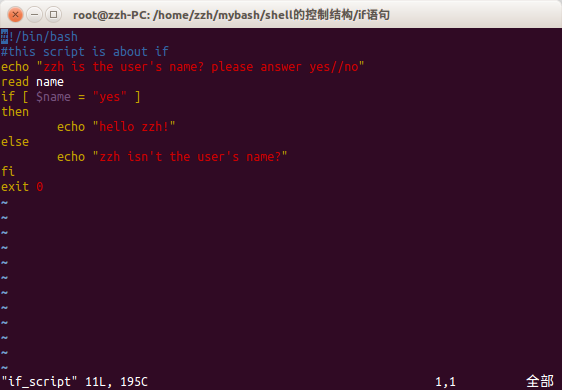
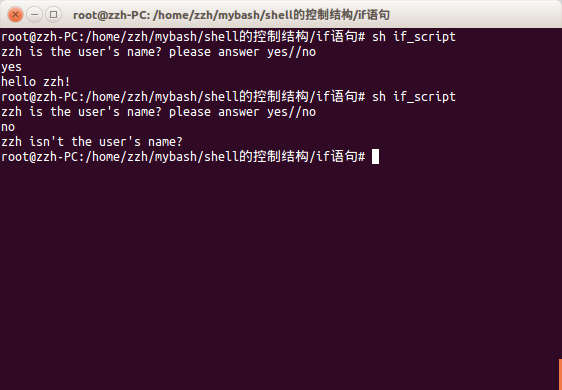
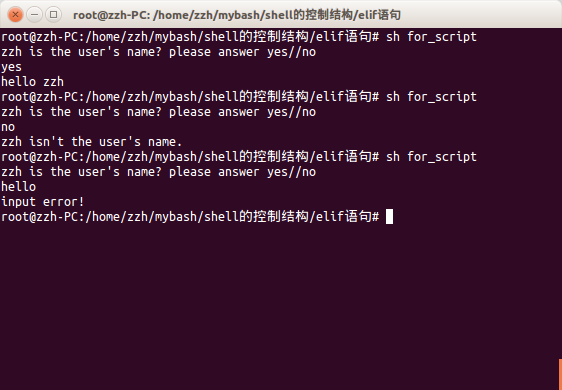
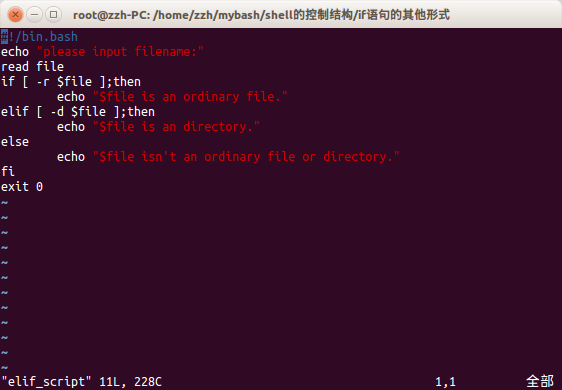
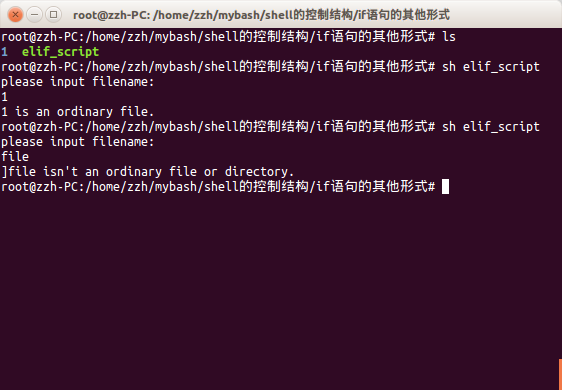
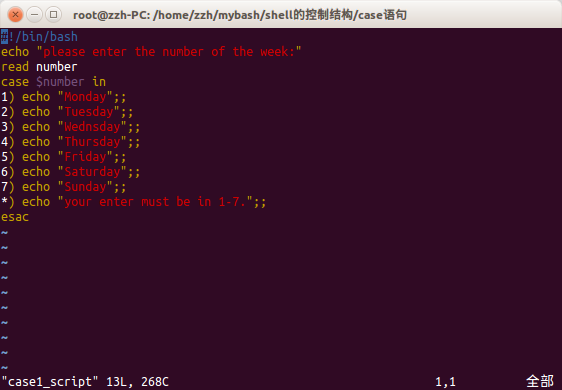
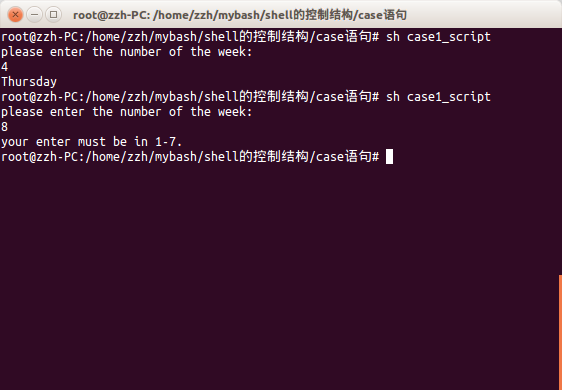
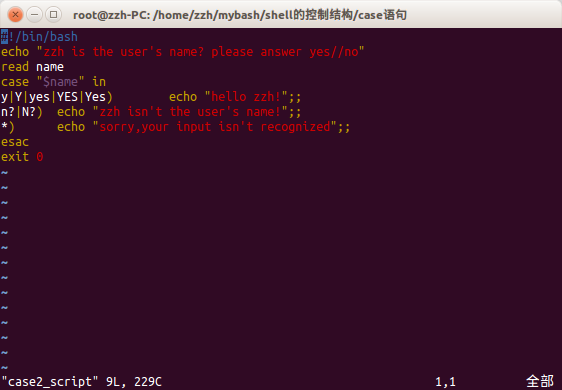
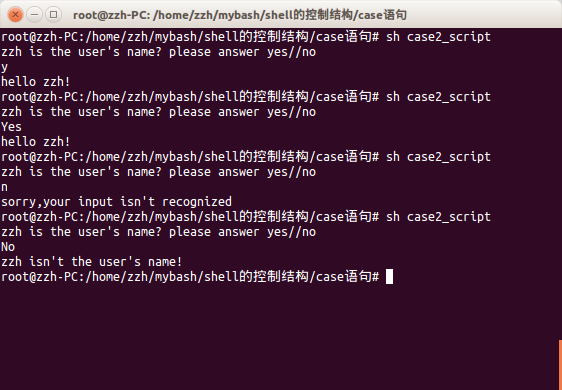
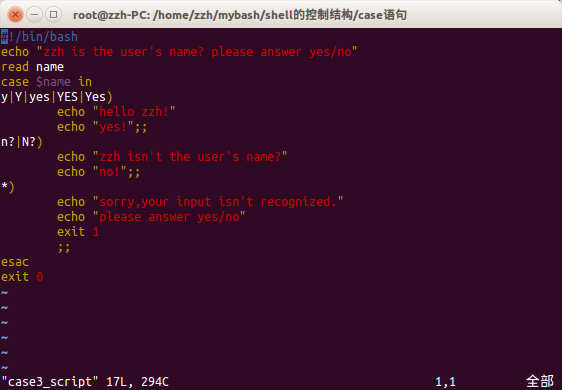
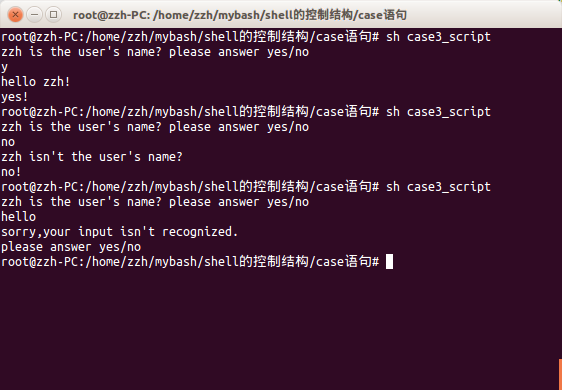

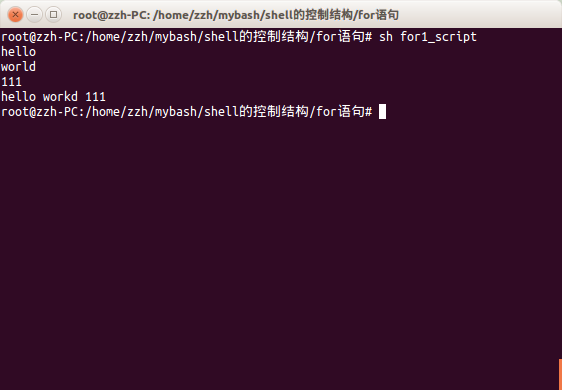
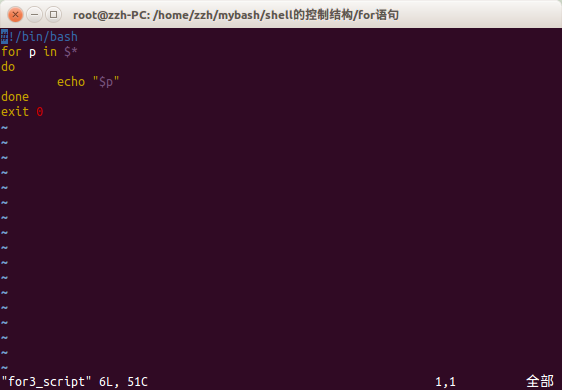
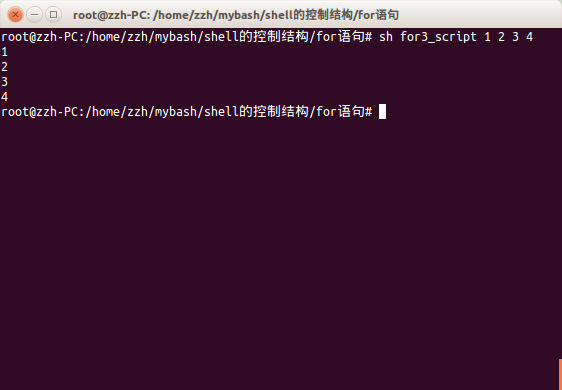
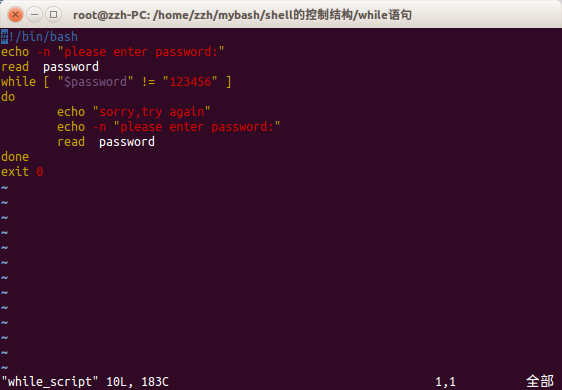
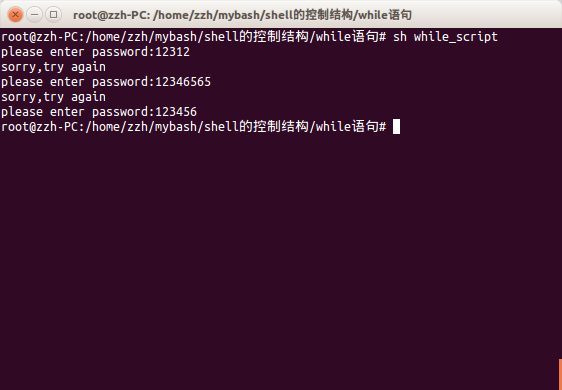
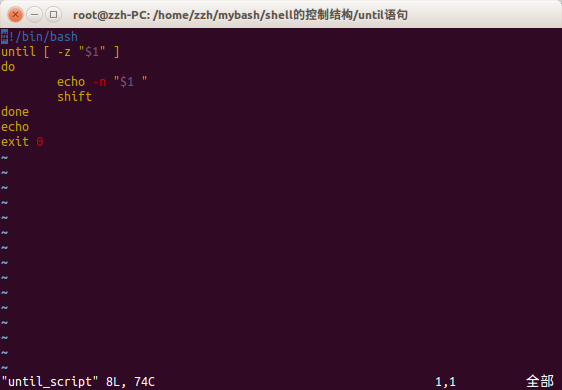
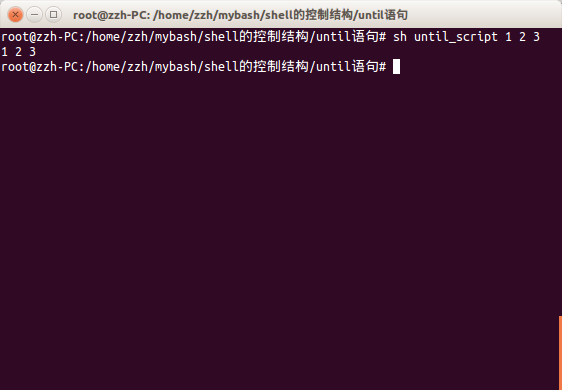
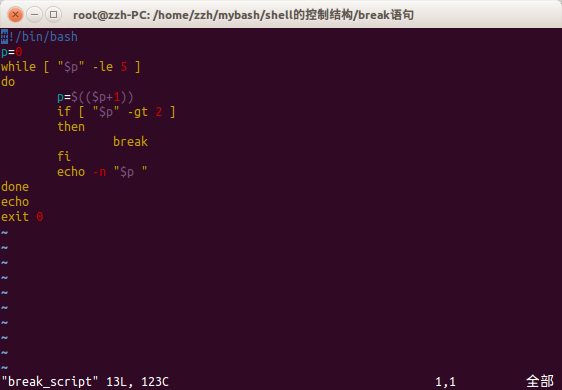
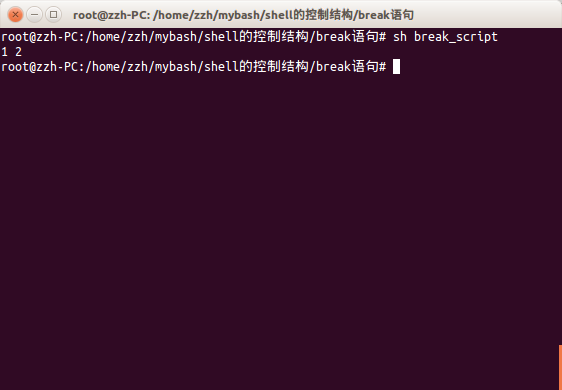
















 967
967

 被折叠的 条评论
为什么被折叠?
被折叠的 条评论
为什么被折叠?








